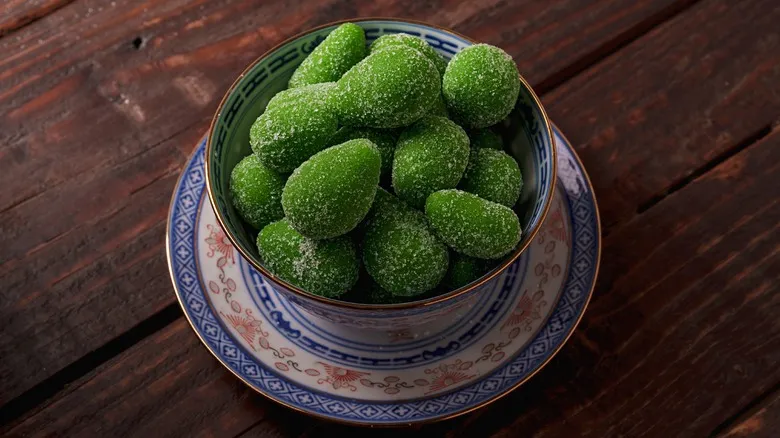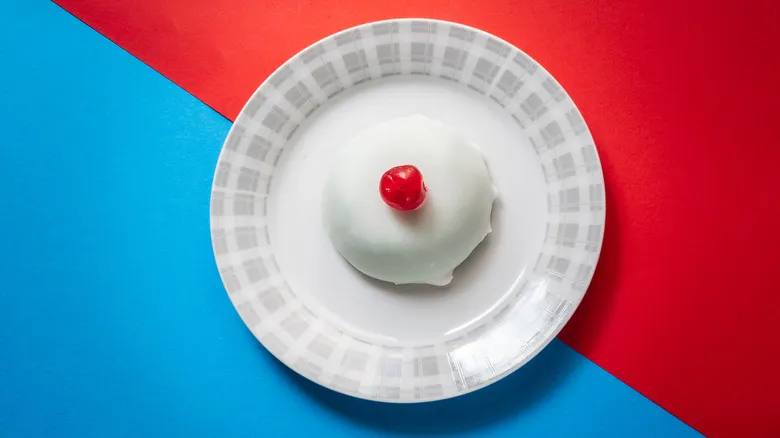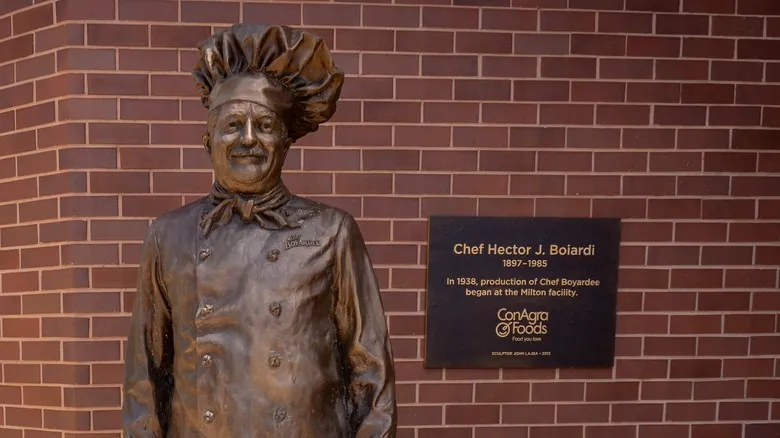Sweets made by recipes passed down by nuns

The revival of these recipes and their commercialization stems from a heartfelt endeavor closely linked to the broader initiative of preserving Sicilian history and culture. This narrative traces back to the 1300s, when the Monastery of Santa Caterina was founded as a hospice, home to Dominican nuns from affluent noble families. Eventually, the hospice was closed, giving way to a bakery. It was common for monasteries to operate their own bakeries, as the revenue generated from baked goods was crucial for maintaining the monastery. The nuns were often highly skilled artisans, and the nuns of Palermo excelled in crafting a variety of baked treats and desserts. The arrival of white sugar in the 15th century allowed them to create an even greater array of pastries and to explore their culinary creativity further.
In 2014, the nuns permanently departed from the monastery. But what became of their treasured recipes—years of oral traditions for some of Palermo's most sought-after pastries? This is where Maria Oliveri comes in, a historian dedicated to gathering recipes from the 21 cloistered monasteries in Palermo throughout history and launching the project known as I segreti del chiostro. In 2017, Santa Caterina reopened as a bakery and museum, reviving these secret recipes. "Many tourists visit us, guided by pastry chefs who recommend coming here to rediscover the roots of Sicilian confectionery," Oliveri shared with Gambero Rosso International.
What desserts can you get at the cloister?

A glance at the offerings from I segreti del chiostro reveals why so many embark on a dessert pilgrimage here. While visitors may recognize the classic cannoli, there is a wealth of other remarkable desserts rooted in Sicily's rich history—many of which you may not be familiar with.
You'll find an array of biscotti, or cookies, including pantofola al pistachio, pasticciotto del paradiso, erbanetti with its delightful pistachio center, and the zesty pantofola. Traditional marzipan sweets shaped like fruits, known as martorana, are also available. Additionally, there are almond and pistachio treats like panino di Santa Caterina and olive di Sant'Agata (or olives of Saint Agatha). A standout dessert is the cassatella di Sant'Agata, also known as minne di Sant'Agata (or the breasts of Saint Agatha).
Saint Agatha holds significant importance as a protective figure in Sicily, and her story of torture and martyrdom is commemorated. The minne is a cherished dessert that symbolizes fertility and motherhood while paying tribute to Agatha's sacrifice. This round confection is designed to resemble a breast, complete with a cherry on top. It features a marzipan outer shell coated in icing, encasing a sponge cake filled with sheep's milk ricotta cheese. Some variations include chocolate chips and dried citrus peels in the ricotta filling, and certain bakers even soak the cake in Rosolio, an Italian liqueur. At I segreti del chiostro, each dessert is crafted with love and steeped in history.
Recommended

The Invention Of Kraft Singles Changed The Cheese World

What Exactly Are Funeral Potatoes And What's With The Morbid Name?

How President Woodrow Wilson Put Chef Boyardee On The Map

Follow The Freckle Rule For Perfect Banana Splits
Next up

